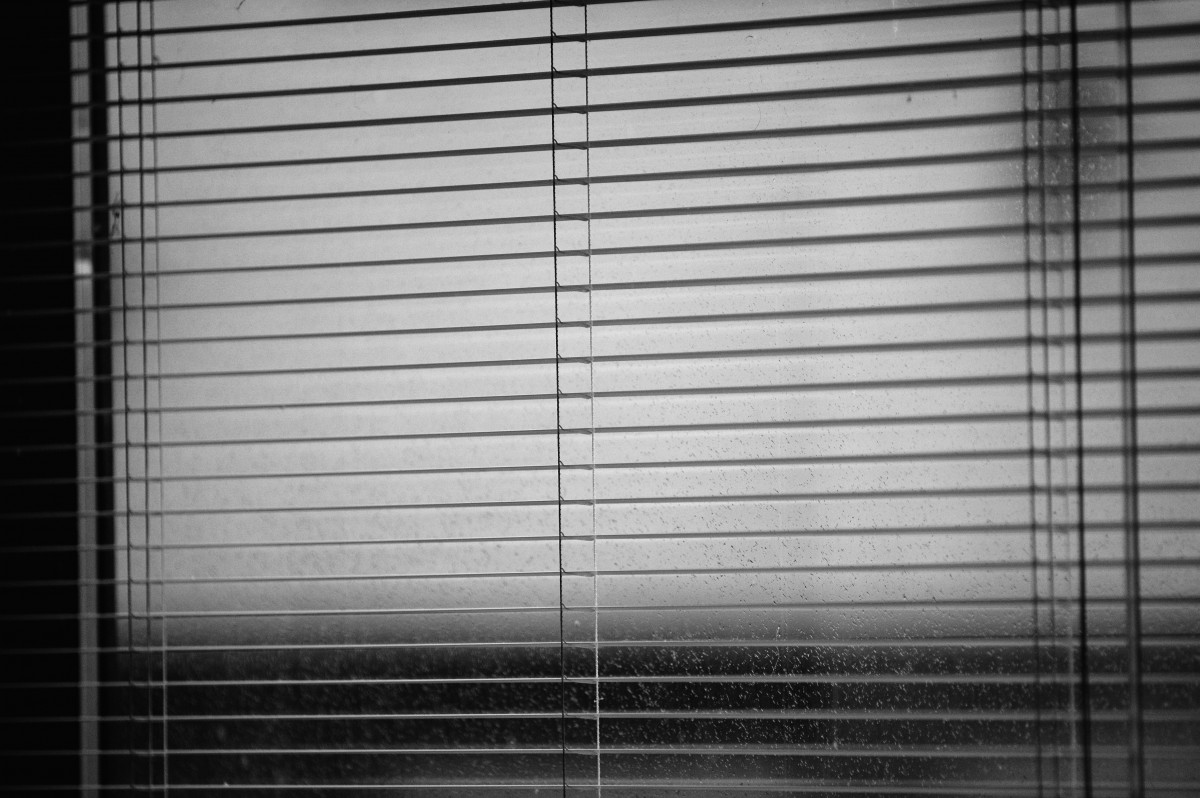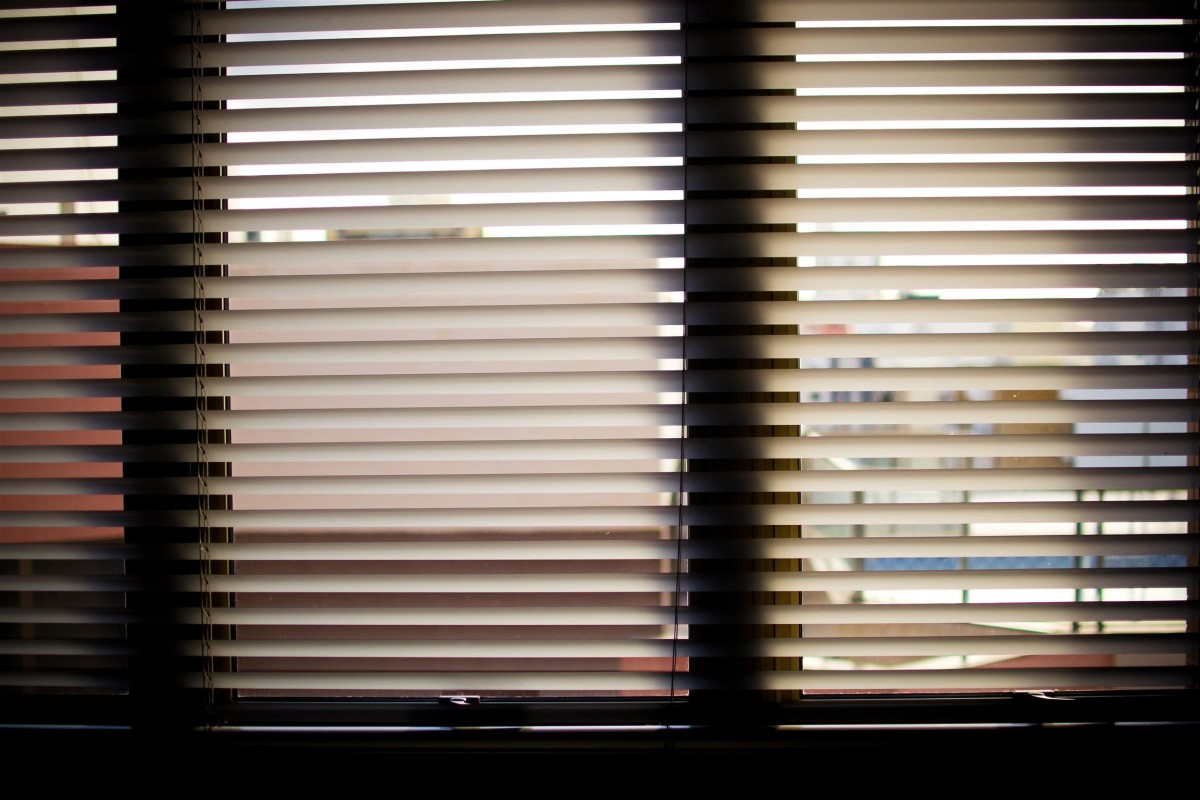How to Install Your Blinds
Summary
What are the characteristics of the voile blinds?
Which fabric to choose for a voile blind?
How to install a voile blind?
Your windows need a light covering to filter the outside glances without obscuring the light. You don’t like classic curtains and want originality to decorate your windows. A blind is a solution adapted to your desires. In this post, you will discover all its characteristics and won’t wait any longer to have your windows worthy of your interior decoration.
What are the characteristics of the veiling blinds?

A voile blind is a straight blind that you can raise in sections. It is made of fabric, and weighting bars are placed approximately every 25 cm for large blinds and 10 cm for small blinds and are intended to keep it straight when lowered.
It can be installed on the window jamb, in the embrasure, or on the wall.
Note: There is a version for classic windows, with a pull cord, but also for roof windows. In this case, the blind is fixed on the sides of the window without a cord and is handled thanks to 2 small handles located at the top and bottom of the blind, allowing to raise it easily to the desired level.
It is made of sheer fabric, allowing light to pass through while screening the view from the outside and preserving it from the inside. The fabric part is machine washable at low temperatures.
The most straightforward systems, without pull cords, have magnets built into the fabric sections, allowing you to fix the blind at the desired height manually. This is an ideal system for a child’s room, where a cord is an added safety feature. You can quickly raise it to different heights thanks to its divided sections with weighting bars.
It can be of several shapes: straight, pointed, or wave. There are embroidered models.
Once raised, you must consider its significant size at the installation time. Indeed, if installed on the ceiling, it can prevent the window from opening once raised.
Good to know: some brands of veiling blinds for roof windows offer a range of interchangeable fabrics, allowing you to change the atmosphere of your room easily.
What fabric should I choose for a curtained blind?

There are many fabrics to choose from, and the degree of transparency will depend on which one you prefer:
A pure cotton voile will be very transparent. It is machine washable at 30° and can be ironed once dry. We find the cotton veil, the cheesecloth, or the organdy under this denomination.
Linen is a fabric with a semi-transparent weave. It is preferable to choose a light colour if you want to keep a maximum brightness. It is maintained at 30 ° and can be ironed while slightly damp. We find it under linen, linen gauze, and linen cheesecloth. Attention, we find sheers linen effect, which are polyester sheers woven in the manner of linen.
Polyester is also a transparent fabric, which can be machine washed at 40° and is very easy to live with because it does not require ironing; you need to hang it up damp so that its appearance remains perfect. It can be found plain or in slightly shiny organza.
The polyester/linen mix brings a touch of material a little less transparent than pure cotton or polyester while allowing enough light to pass through to keep your rooms bright. It is best reserved for rooms with good southern or western exposure. Again, ironing is unnecessary; and hang the wet blind on its fixings, and it will snap back into place perfectly.
Advice: it is preferable to avoid spin-drying for sheers, as these light fabrics do not stand up well to it and may retain unsightly creases that are difficult to remove, even with ironing.
How to install a sheer blind?
There are different installation systems to install a voile blind.
With support and drilling
The options are:
- screwed to the ceiling.
- screwed to the wall – installation on adjustable brackets (9-15 cm).
- screwed to the opening.
For all these options, the installation is done as follows:
- Place the blind in the desired location and mark the location of the blind supports on the sash, wall or ceiling.
- Position the blind rail in the supports. Fix the supports or the support brackets by checking the horizontality with a level.
- Insert the awning rail into the supports.
- Release the cables.
With hooks
This is the simplest method: 2 or more hooks are fixed, depending on the width of the blind, on the upper part of the window, and it is hung thanks to a system placed on the top of the blind.
It is generally a system without a chain of raising. The blind thus remains continuously in a low position.
On a rod
With supports without drilling (ideal for the PVC amounts or if you are a tenant)
You must:
Place the blind in the desired location and mark the location of the blind brackets on the sash, wall, or ceiling.
Position the brackets on each sash.
Tighten the screws using a hexagonal wrench usually supplied with the brackets.
Insert the blind rail in the brackets.
Release the cables.

